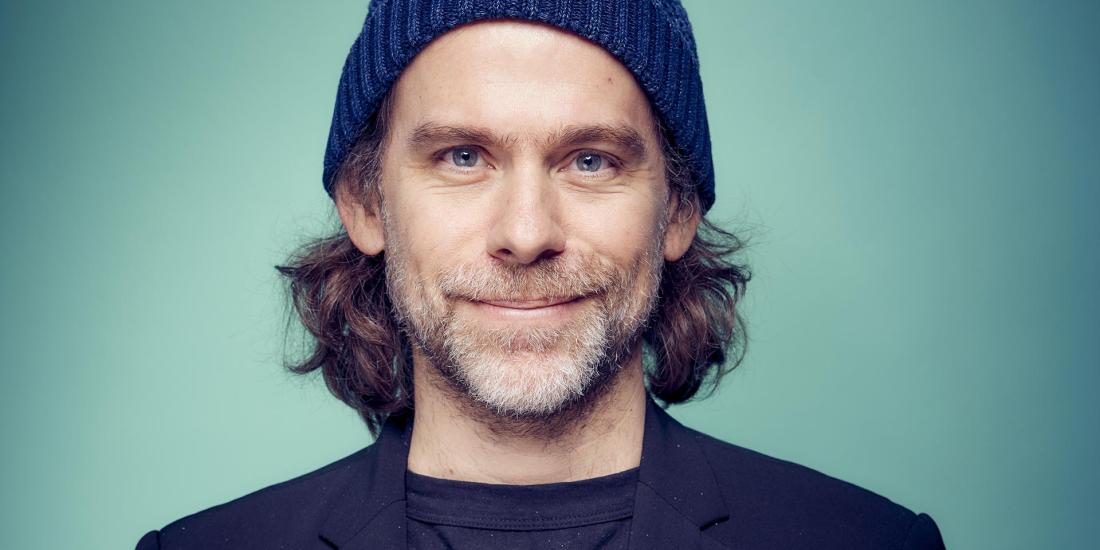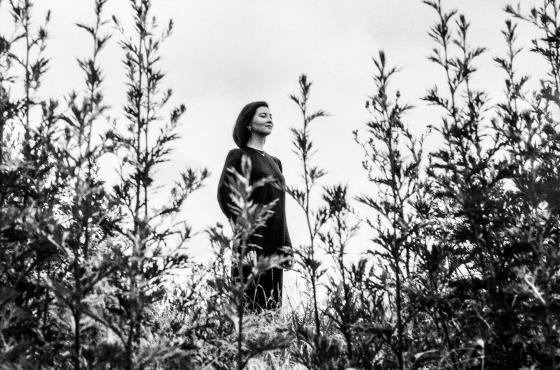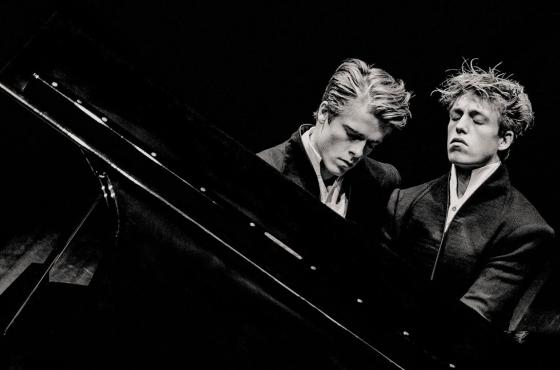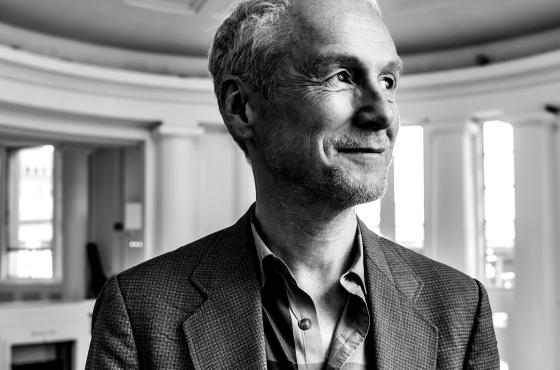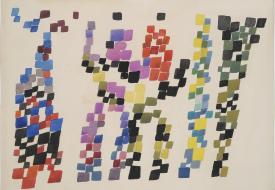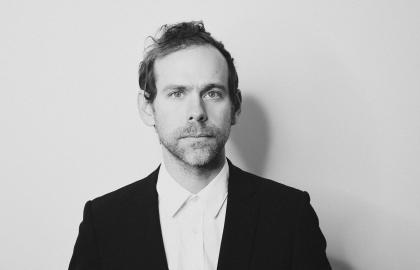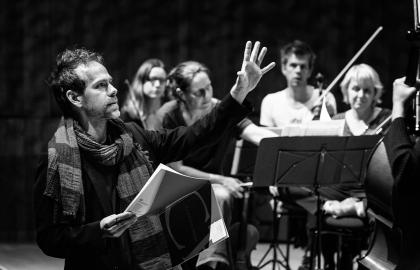- The National is unimaginable without him
We’ll begin by stating the obvious: Bryce Dessner is more popularly known as The National’s guitarist. Dessner followed his twin brother Aaron into the American indie rock band in 2001. They’ve headlined the biggest festivals, scored 167 million streams for the introspective I Need My Girl and already have ten studio albums under their belts. Bryce grew up with the foursome as a musician and composer, eventually writing his own string arrangements, such as the stealthy climax to This is the Last Time.
- Contemporary classical music is his lifeblood
“Even before The National, I was very active with contemporary classical music,” Dessner says. But it wasn’t until 2013 that his music was recorded, thanks to his collaboration with the Kronos Quartet. “Writing for a string quartet is different: instead of a sketch that has to be adapted, when composing classical music you design the whole building immediately, every idea has to be thoroughly elaborated.” A year later came the symphonic suite St. Caroline by The Sea (at Bozar on 24 November), a piano concerto dedicated to Alice Sara Ott (also on 24 November), and numerous film scores.
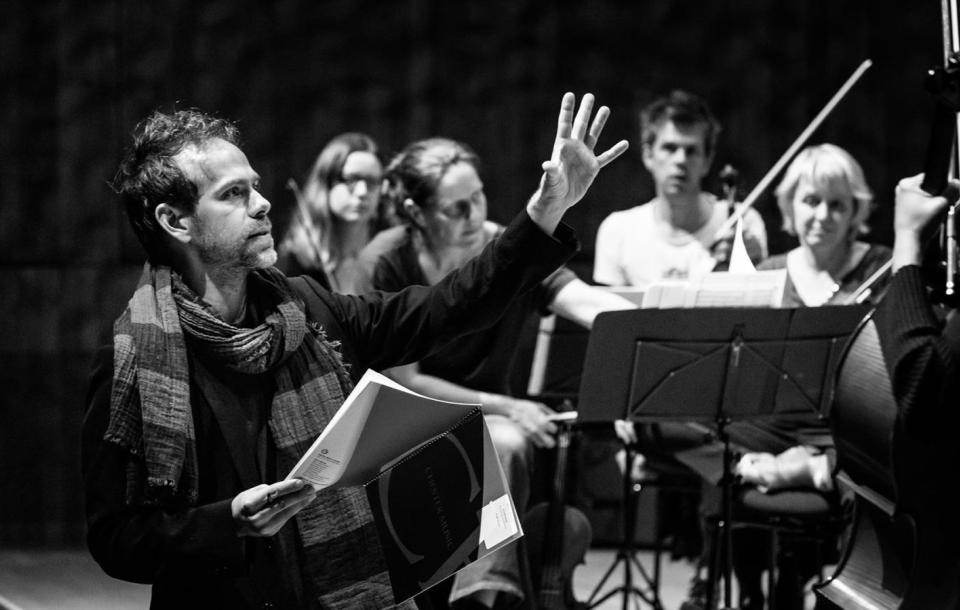
Instead of a sketch that has to be adapted, when composing classical music you design the whole building immediately.
- Steve Reich is a father figure
The biggest influence on Dessner? Not 1980s alternative rock or the jazz his father played, but Steve Reich’s Electric Counterpoint from 1987. An encounter between Reich and the twenty-something Dessner set the latter on his path. It was Reich’s open mind and the irrelevance of genres that provided direction. “It’s hard to emphasize his unique position in modern music. He’s as influential in electronic and rock as he is in the contemporary classical sphere.” With Dessner, too, minimalist guitar playing seeps into his ‘rock music’, while pop structures infiltrate his ‘classical’ work. Reich, in turn, heaps praise on Dessner, writes him composition commissions and considers him “an important voice of his generation”.
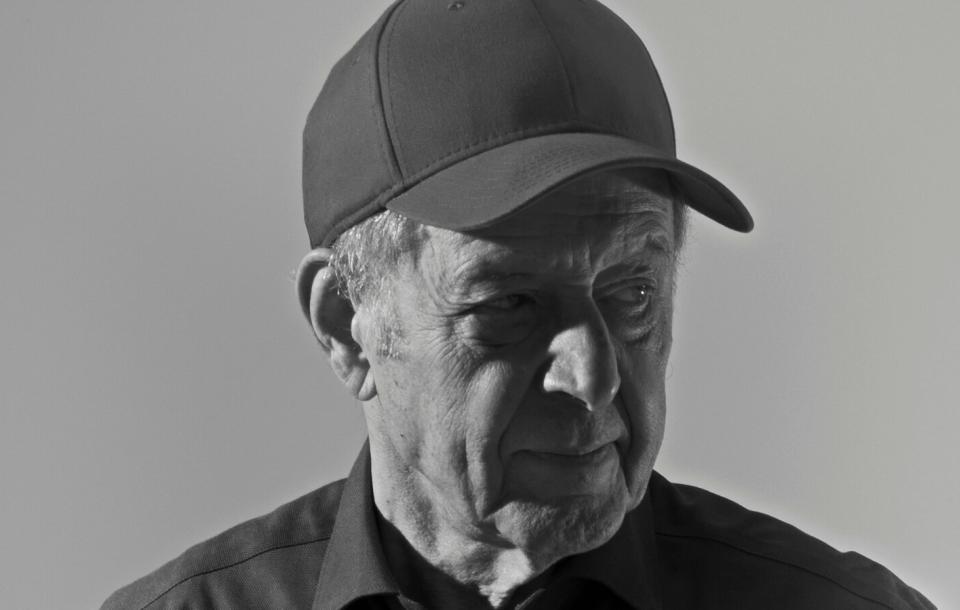
- He’s a fan of Bozar’s music choices
If Dessner lived in Brussels, we dare to say that Bozar would be a regular haunt. The ‘24-’25 music programme features musicians after his own heart, including the aforementioned Kronos Quartet. Dessner has also written music for both Sõ Percussion (Music For Wood and Strings, 2013) and the Amsterdam Sinfonietta (Lachrimae, 2012); Roomful of Teeth featured in his oratorio Triptych; while Gustavo Dudamel conducted the premiere of Quilting.
To say that Dessner combines elements of disparate genres to create one voice would be a disservice. He has a multitude of voices.
- His contacts list is enormous
Without committing GDPR violations, it would be worth stealing a look at Dessner’s contacts list. Collaborations with Taylor Swift and Sufjan Stevens came about via The National, but Dessner is also a firm favourite with contacts in more ‘classic’ circles. The Barbican Centre, Muziekgebouw Eindhoven and the Metropolitan all invited him for residencies, the Los Angeles Philharmonic tugged at his sleeve, and he is poised to make his debut with the Brussels Philharmonic at Bozar on 24 November. He’s also assembled an impressive guest list for the following week’s An Evening with Bryce Dessner: singer and wife Mina Tindle, This is the Kit and Quatuor Zaïde. And last but not least, he is playing works by Reich, Radiohead and Glass with the all-star collective Dream House Quartet, alongside the Labèque sisters and David Chalmin.
Bryce Dessner plays the Henry Le Bœuf Hall on 23 November (Dream House Quartet) and 24 November (Brussels Philharmonic + Alice Sara Ott), and at the Terarken Hall on 30 November (An Evening with Bryce Dessner). In collaboration with Ars Musica.
